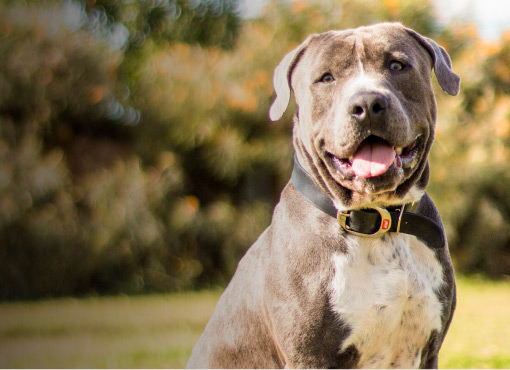A law introduced to Australia in 1927 states that greyhounds must wear a muzzle when in a public place. This law was introduced originally on the race track to protect the dogs from injuring themselves when racing, and “in public” came to mean all public places.
There is no evidence to show that greyhounds pose any greater risk to the public compared to other dog breeds. With many people unaware of the compulsory muzzling requirements, the mistake can easily be made that greyhounds are muzzled due to aggressive or dangerous behaviour, when in reality, they are friendly and gentle animals.
In addition, although ex-racing greyhounds have a very different start to life than your average family home dog, this doesn’t stop them being every bit a loving family pet.



